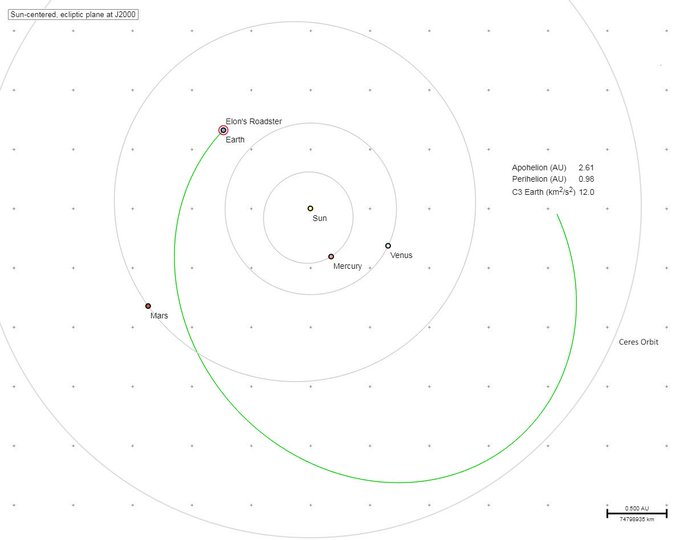"There is a clear indication of an imminent split in the polar vortex, currently located over central-western Greenland. The main center will drift to the Canadian Plains, while a new area will form over northern Russia," TWC forecaster Dr. Dave Reynolds said. "This will drift towards the Caspian Sea, then westwards across the Mediterranean, Iberia and out to the near Atlantic during the next two weeks, weakening as it does so."
The polar vortex is expected to split during Thursday, February 8 and Friday, February 9, and become well developed by Sunday, February 11.
"The process of vortex splitting is accompanied by Sudden Stratospheric Warming, whereby temperatures in the stratosphere rise. This warming can then extend downwards through the depth of the atmosphere and result in an increased risk of blocking, which in winter-time raises the chance of widespread cold conditions developing," said Reynolds.The polar vortex is expected to split during Thursday, February 8 and Friday, February 9, and become well developed by Sunday, February 11.
This process won't take place overnight as it usually takes 10 to 25 days to form and there is still uncertainty of how things will develop. However, computer models indicate a cold, blocked pattern over Scandinavia for the last week of February and first week of March, reinforced by a possible polar vortex split and accompanying stratospheric warming.
The warning is contained in the UK government official February to April forecast being briefed to the Cabinet Office, transport bosses, councils and emergency services.
The UK Met Office Meteorologist Aidan McGivern takes a look at the trend during the next 10 days and explains the phenomenon:












